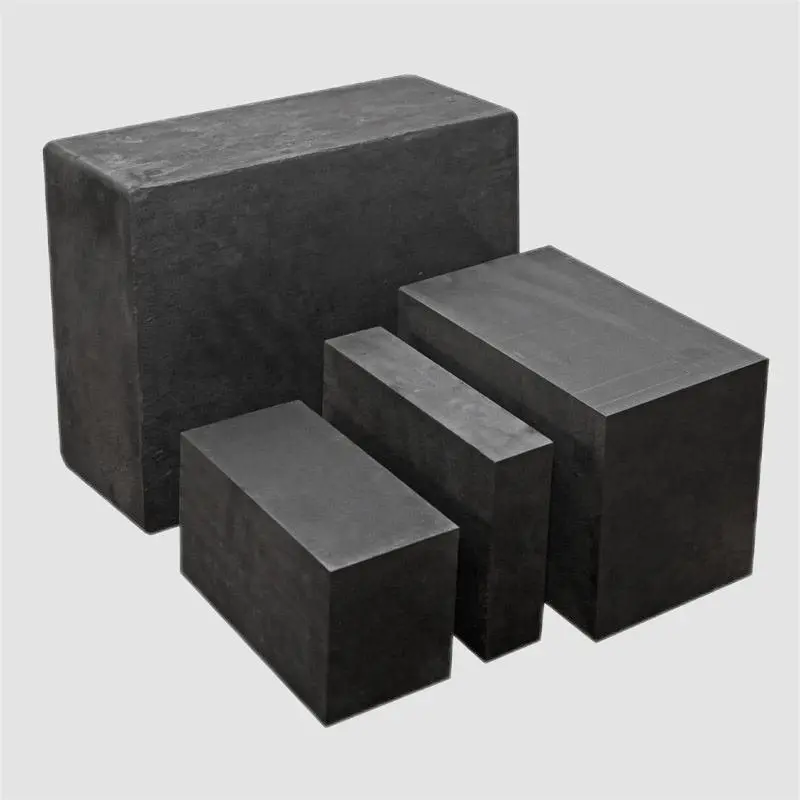
Introduce:
Diamonds and graphite are two different forms of carbon that have captured our imaginations for centuries. In addition to their striking appearance and diverse industrial applications, these substances have fascinating properties that set them apart from each other. One of these properties is their melting point. In this blog post, we’ll delve into the fascinating world of diamond and graphite, exploring the factors that influence their melting points and revealing their unique properties.
Diamond melting point:
Diamonds are often called the king of gemstones and are known for their hardness and beautiful luster. However, when it comes to melting points, diamonds exhibit extraordinary heat resistance. Like its mesmerizing brilliance, diamond's molecular structure plays a crucial role in determining its high melting point.
Diamond's lattice structure consists of carbon atoms arranged in a tetrahedral pattern. This strong three-dimensional network is not easily broken, giving diamonds an unusually high melting point. Diamond is incredibly heat-resistant, with a melting point of approximately 3,550 degrees Celsius (6,372 degrees Fahrenheit). With this melting point, diamond can withstand extreme temperatures, making it ideal for a variety of industrial applications, such as cutting tools and high-temperature environments.
Melting point of graphite:
In sharp contrast to diamond, graphite has a completely different molecular structure, resulting in a significantly lower melting point. Graphite consists of layers of carbon atoms arranged in a hexagonal pattern, forming a series of stacked flakes. The sheets are held together by weaker intermolecular forces, making it easier to disrupt the lattice structure when heated.
Graphite's molecular structure gives it excellent electrical conductivity and it has lubricating properties due to the slippery nature of its layers. However, graphite and diamond have lower melting points. Graphite has a melting point of approximately 3,500 degrees Celsius (6,332 degrees Fahrenheit) and has a relatively low heat resistance compared to diamond.
Why this distinction matters:
Understanding the melting points of diamond and graphite is important for several reasons. From a scientific perspective, it reveals that carbon exhibits a variety of physical properties based on its arrangement at the molecular level. Additionally, industry can use this knowledge to select the appropriate form of carbon for specific applications, thereby maximizing efficiency and performance.
Although diamond and graphite have relatively close melting points, their different molecular structures and resulting properties offer different possibilities for their utilization. Diamond's high melting point makes it invaluable in harsh environments, while graphite's lower melting point enhances its suitability in applications requiring electrical conductivity and lubrication.
In conclusion:
In summary, the melting points of diamond and graphite are a fascinating aspect of these extraordinary forms of carbon. The difference becomes obvious because diamond has an extremely high melting point while graphite has a relatively low melting point. The different molecular structures of these carbon cousins give them unique properties and make them a valuable resource for various industries. By understanding the nuances behind their melting points, we can learn more about the extraordinary world of diamonds and graphite, forever enhancing our appreciation for their unique qualities.
Post time: Nov-17-2023
